Charles E W Bean, Diaries, AWM38 3DRL 606/247/1 - 1917 - 1933 - Part 3
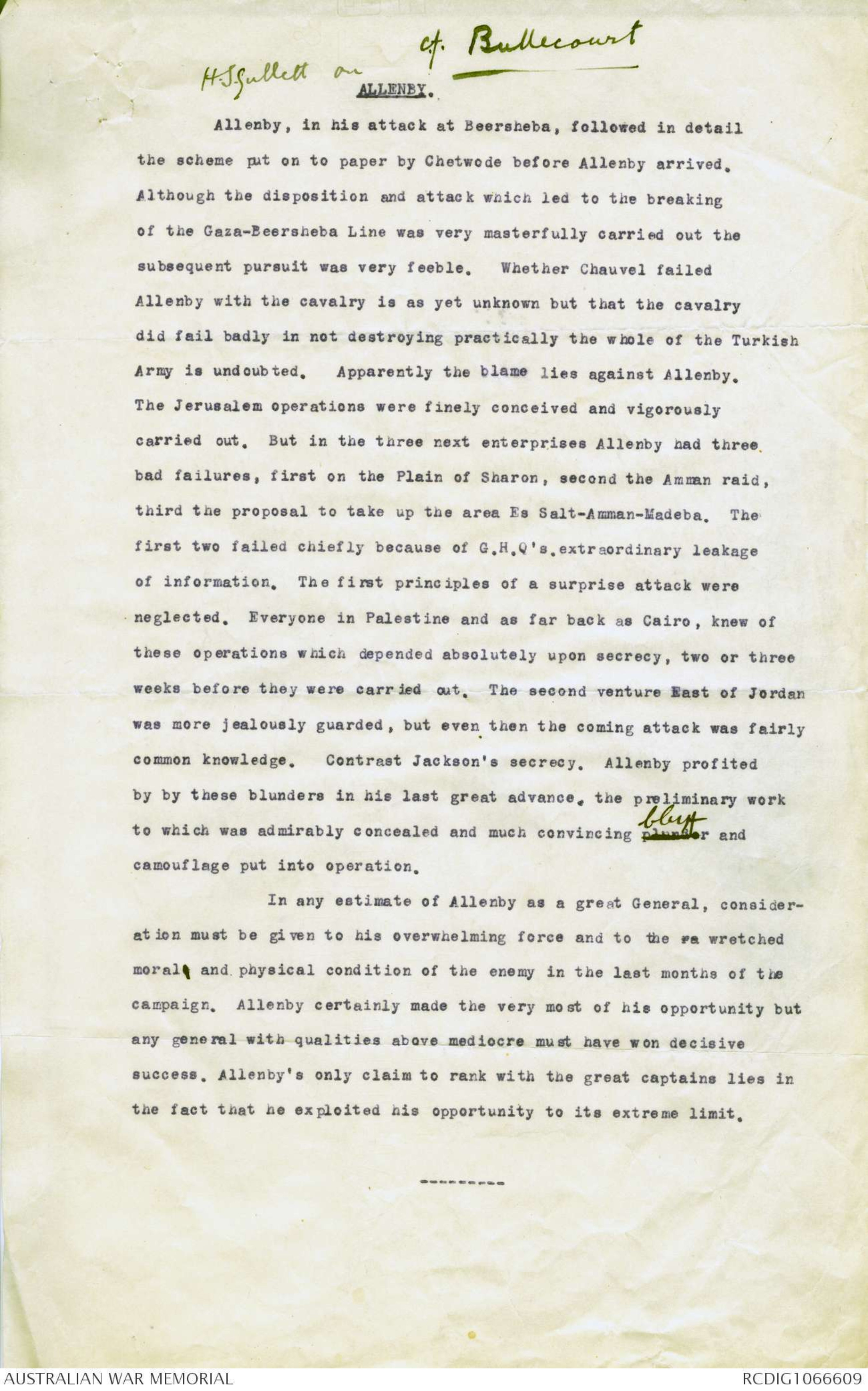
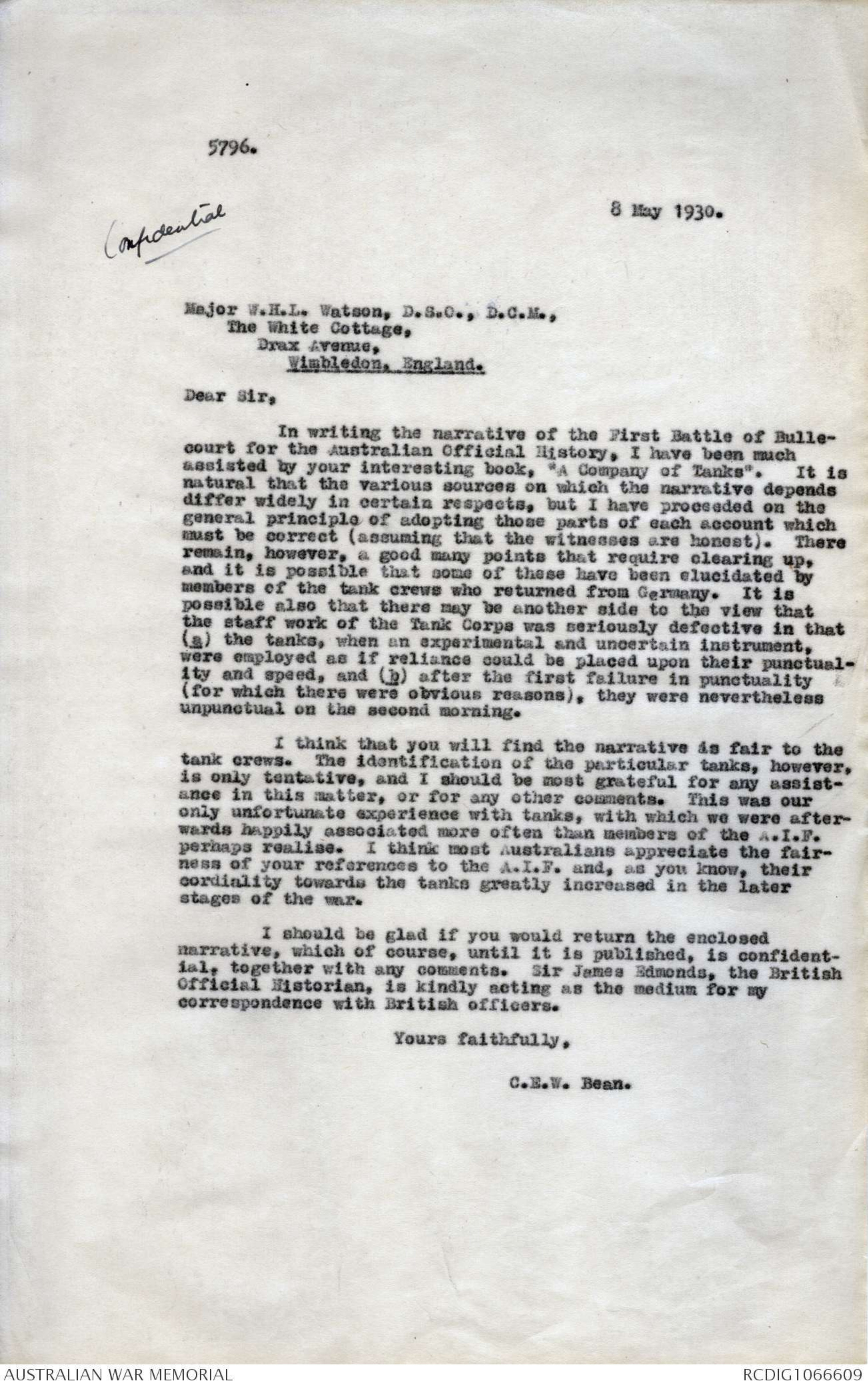


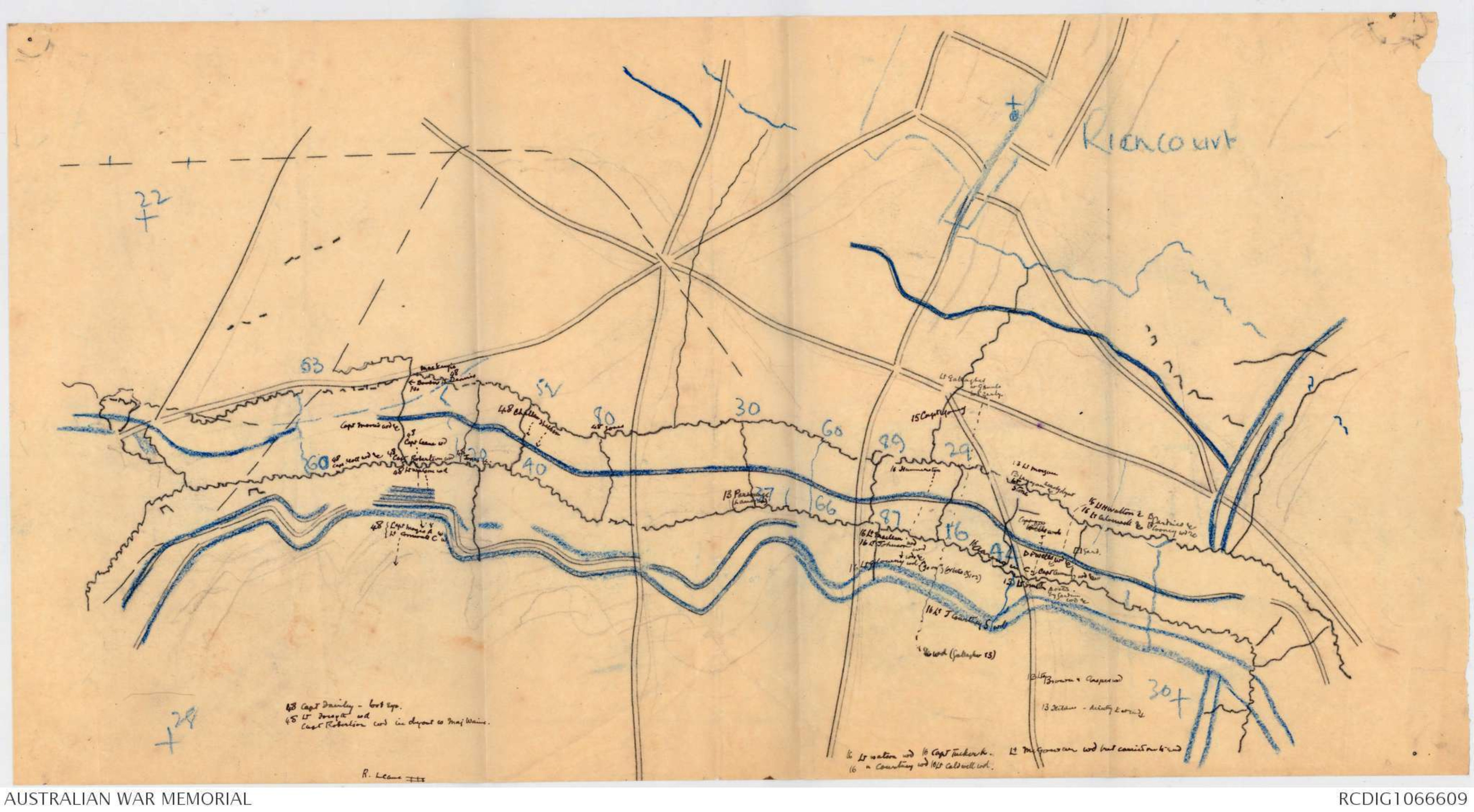
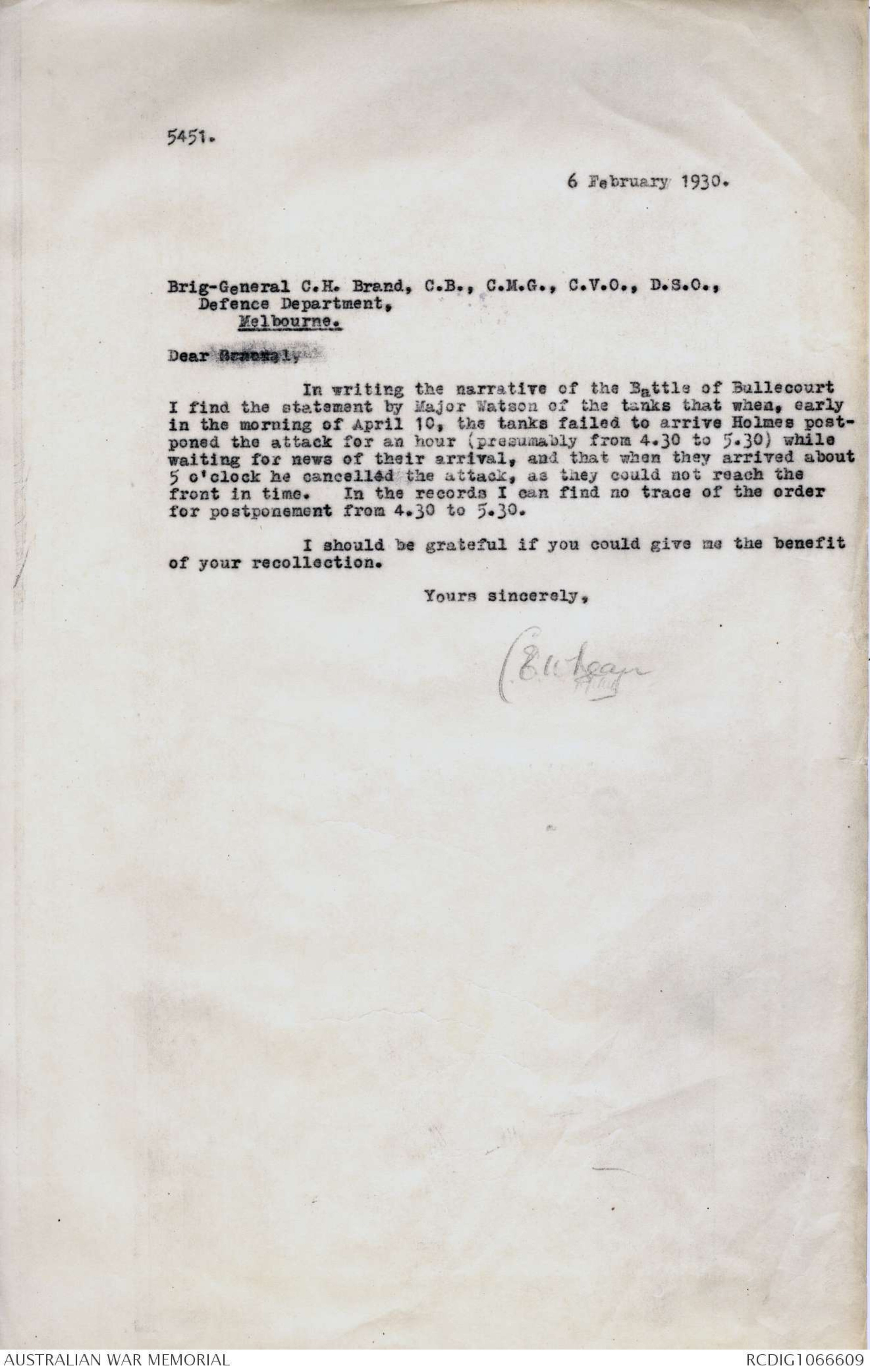
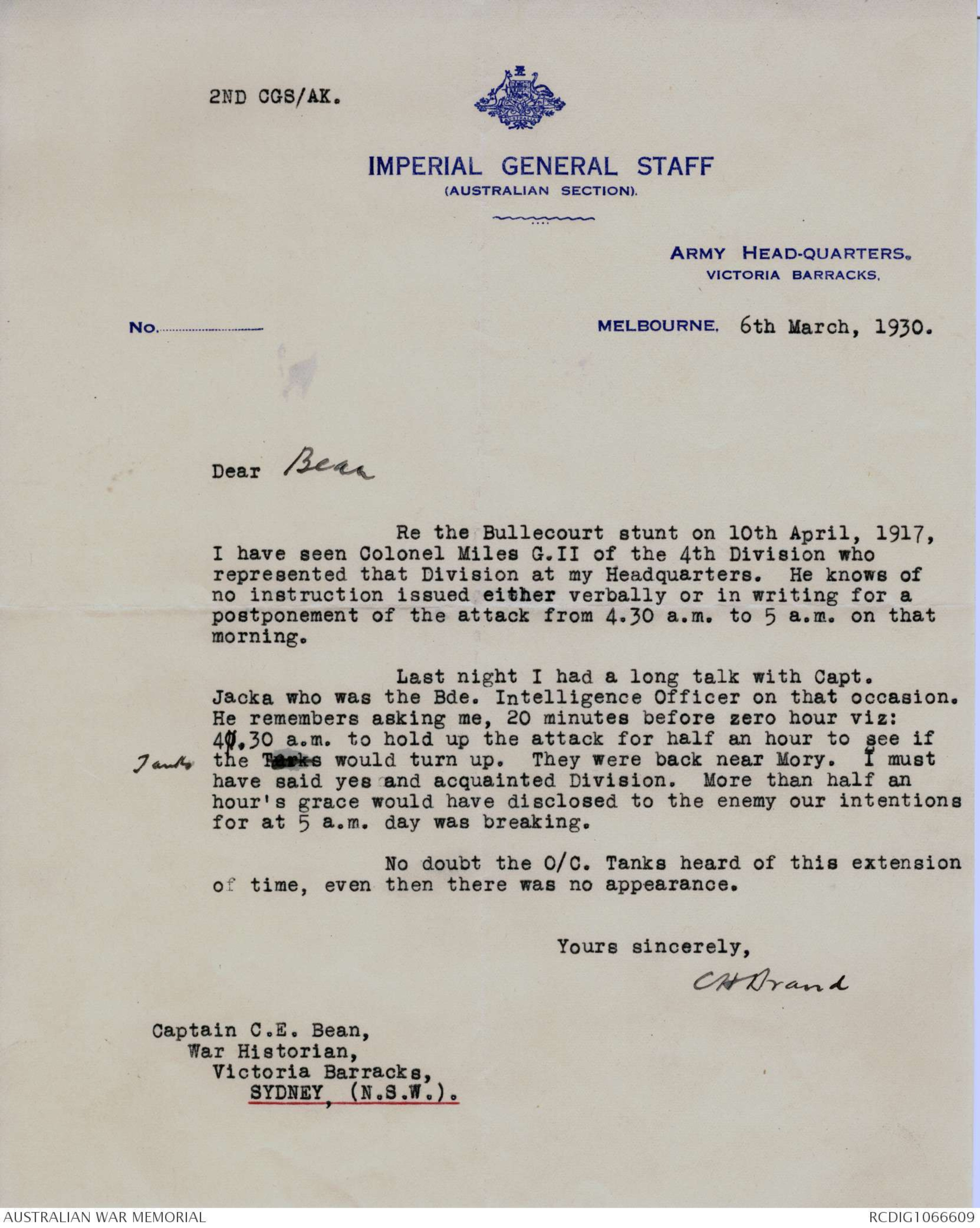

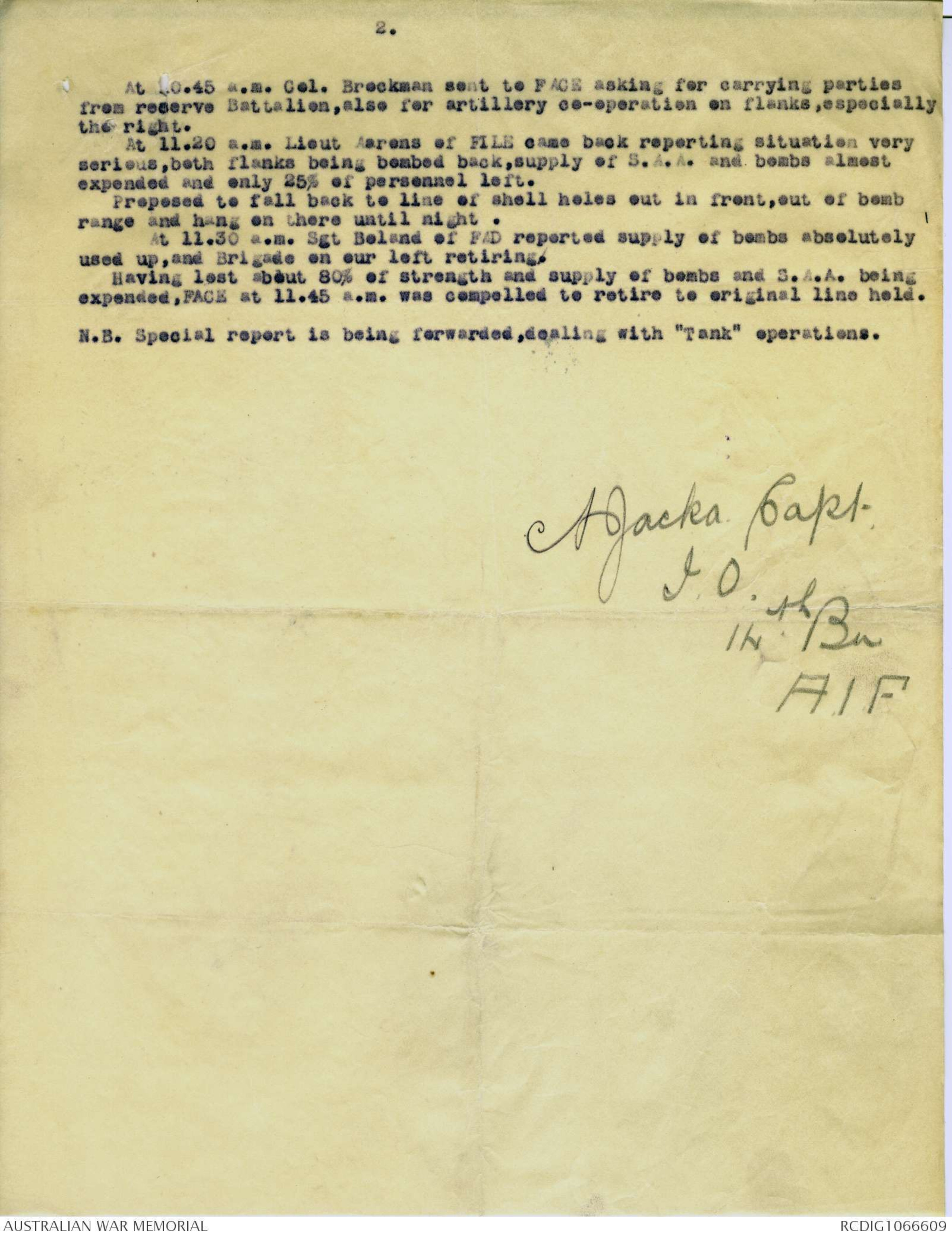
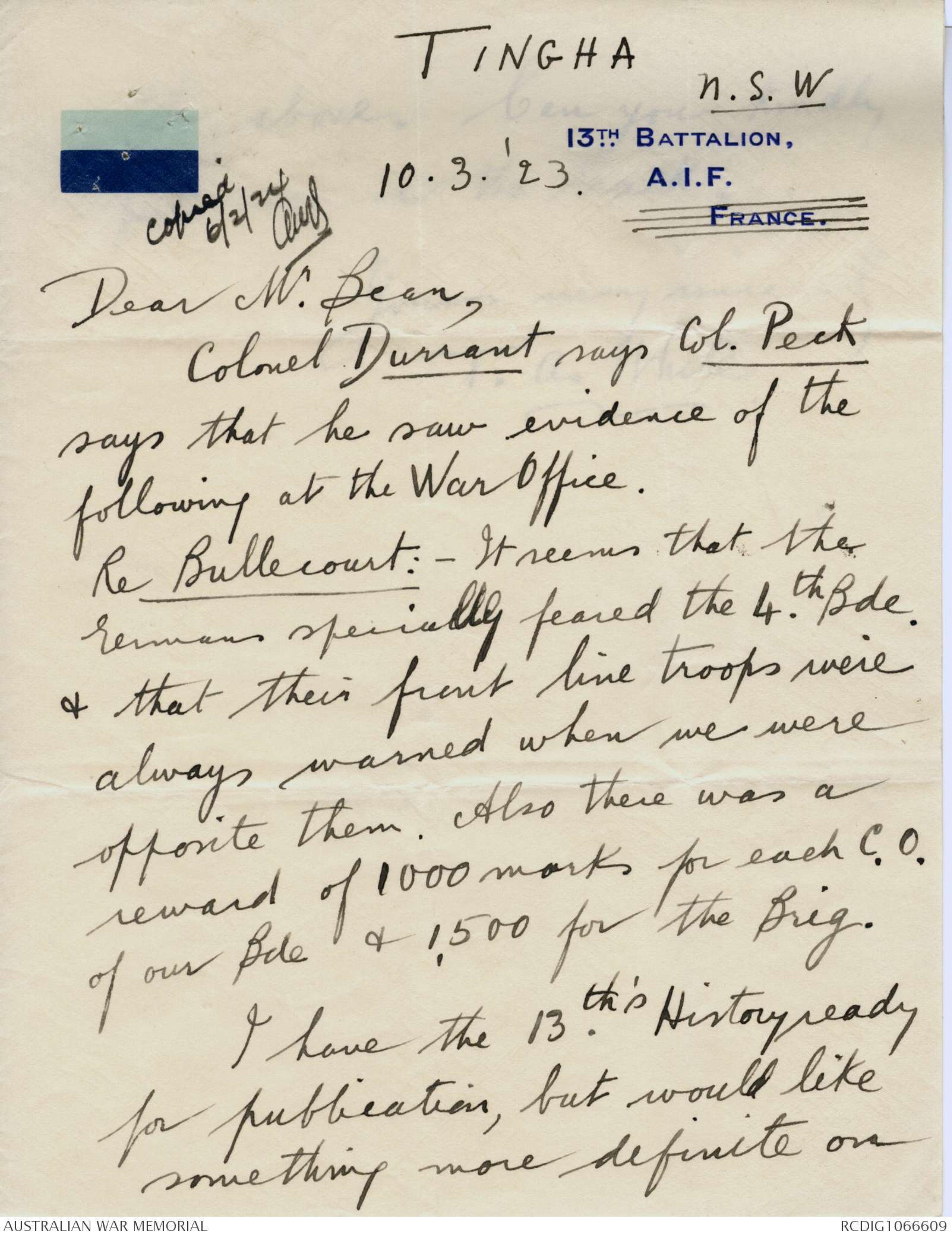
[*c.f. Bullecourt*]
H.S.Gullett on
ALLENBY.
Allenby, in his attack at Beersheba, followed in detail
the scheme put on to paper by Chetwode before Allenby arrived.
Although the disposition and attack which led to the breaking
of the Gaza-Beersheba Line was very masterfully carried out the
subsequent pursuit was very feeble. Whether Chauvel failed
Allenby with the cavalry is as yet unknown but that the cavalry
did fail badly in not destroying practically the whole of the Turkish
Army is undoubted. Apparently the blame lies against Allenby.
The Jerusalem operations were finely conceived and vigorously
carried out. But in the three next enterprises Allenby had three
bad failures, first on the Plain of Sharon, second the Amman raid,
third the proposal to take up the area Es Salt-Amman-Madeba. The
first two failed chiefly because of G.H.Q's. extraordinary leakage
of information. The first principles of a surprise attack were
neglected. Everyone in Palestine and as far back as Cairo, knew of
these operations which depended absolutely upon secrecy, two or three
weeks before they were carried out. The second venture East of Jordan
was more jealously guarded, but even then the coming attack was fairly
common knowledge. Contrast Jackson's secrecy. Allenby profited
by by these blunders in his last great advance, the preliminary work
to which was admirably concealed and much convincing plunder bluff and
camouflage put into operation.
In any estimate of Allenby as a great General, consideration
must be given to his overwhelming force and to the ra wretched
moral and physical condition of the enemy in the last months of the
campaign. Allenby certainly made the very most of his opportunity but
any general with qualities above mediocre must have won decisive
success. Allenby's only claim to rank with the great captains lies in
the fact that he exploited his opportunity to its extreme limit.
5796.
[*Confidential*]
8 May 1930.
Major W.H.L. Watson, D.S.O., D.C.M.,
The White Cottage,
Drax Avenue,
Wimbledon. England.
Dear Sir,
In writing the narrative of the First Battle of Bullecourt
for the Australian Official History. I have been much
assisted by your interesting book, "A Company of Tanks". It is
natural that the various sources on which the narrative depends
differ widely in certain respects, but I have proceeded on the
general principle of adopting those parts of each account which
must be correct (assuming that the witnesses are honest). There
remain, however, a good many points that require clearing up,
and it is possible that some of these have been elucidated by
members of the tank crews who returned from Germany. It is
possible also that there may be another side to the view that
the staff work of the Tank Corps was seriously defective in that
(a) the tanks, when an experimental and uncertain instrument,
were employed as if reliance could be placed upon their punctuality
and speed, and (b) after the first failure in punctuality
(for which there were obvious reasons), they were nevertheless
unpunctual on the second morning.
I think that you will find the narrative is fair to the
tank crews. The identification of particular tanks, however,
is only tentative, and I should be most grateful for any assistance
in this matter, or for any other comments. This was our
only unfortunate experience with tanks, with which we were afterwards
happily more often than members of the A.I.F.
perhaps realise. I think most Australians appreciate the fairness
of your references to the A.I.F. and, as you know, their
cordiality towards the tanks greatly increased in the later
stages of the war.
I should be glad if you would return the enclosed
narrative, which of course, until it is published, is confidential,
together with any comments. Sir James Edmonds, the British
Official Historian, is kindly acting as the medium for my
correspondence with British officers.
Yours faithfully,
C.E.W. Bean.
Hand drawn diagram – see original
Tracing of wire in front of Hindenburg
line, Ap 16 1917 from air photos. C.E.W. Bean.
(It is not quite correct in U30A91)
12
Hand drawn diagram – see original
Hand drawn diagram – see original
5451
6 February 1930.
Brig-General C.H. Brand, C.B., C.M.G., C.V.O., D.S.O.,
Defence Department,
Melbourne.
Dear General,
In writing the narrative of the Battle of Bullecourt
I find the statement by Major Watson of the tanks that when, early
in the morning of April 10, the tanks failed to arrive Holmes postponed
the attack for an hour (presumably from 4.30 to 5.30) while
waiting for news of their arrival, and that when they arrived about
5 o'clock he cancelled the attack, as they could not reach the
front in time. In the records I can find no trace of the order
for postponement from 4.30 to 5.30.
I should be grateful if you could give me the benefit
of your recollection.
Your sincerely,
C.E.W. Bean
2ND CGS/AK.
IMPERIAL GENERAL STAFF
(AUSTRALIAN SECTION)
ARMY HEAD-QUARTERS.
VICTORIA BARRACKS.
No.
MELBOURNE.
6th March, 1930.
Dear Bean
Re the Bullecourt stunt on 10th April, 1917,
I have seen Colonel Miles G. II of the 4th Division who
represented that division at my Headquarters. He knows of
no instruction issued either verbally or in writing for a
postponement of the attack from 4.30 a.m. to 5 a.m. on that
morning.
Last night I had a long talk with Capt.
Jacka who was the Bde. Intelligence Officer on that occasion.
He remembers asking me, 20 minutes before zero hour viz:
40.30 a.m. to hold up the attack for half an hour to see if
the xxxx Tanks would turn up. They were back near Mory. I must
have said yes and acquainted Division. More than half an
hour's grace would have disclosed to the enemy our intentions
for at 5 a.m. day was breaking.
No doubt the O/C. Tanks heard of this extension
of time, even then there was no appearance.
Your sincerely,
CH Brand
Captain C.E. Bean,
War Historian,
Victoria Barracks,
SYDNEY, (N.S.W.).
16 14
INTELLIGENCE REPORT FROM FILE & FAD ON OPERATIONS NIGHT OF 10/11th APRIL 17.
(Brigade Operation Orders 76 and 77)
To FACE.
The Battalions I.O's moved out over the ground at 12.15 a.m. and
patrolled in front of jumping off place. They next laid tapes to
indicate Battalions and Coys flanks.
At 2.15 a.m. Battalions started to move out into position in
Sunken Road and were all in place and ready to attack by 3.30
a.m.
At 3 a.m. first "Tank" arrived at rendezvous at Railway crossing.
I.O. FAD got in touch with section commander of tanks operating on
right front, and found it impossible for tanks to reach 1st objective
in 15 minutes. O.C "Tanks" was then taken to Battn's H.Q. where he
verified above statement to C.O's. Col. Breckman then informed FACE
and asked for infantry time to be put back 15 minutes. This was not
granted. Dicision was to stick to programme. In the meantime two
other tanks had arrived,and a 4th was reported out of action.
At 3,20 a.m. tanks were led out to and lined up in front of
jumping off place. The interval between tanks was approx 100 yards.
Three tanks were in position and ready to move off by 4.20 a.m.
The other two tanks to operate on left flank were not then in position.
I.O. got in touch,pointed out level crossing to one who ignored same,
and tried to get over Sunken Road. Consequence was tank got into
road and could not be got out again. The other Tank complained of
engine trouble. This left us with only 3 tanks to operate on whole x
front, instead of 6.
At 4-30 a.m. 3 Tanks already in position moved out, followed at
4-45 a.m. by Infantry in 4 successive waves. About ½ way to first
objective, 2 Tanks stopped and commenced to open fire; thus giving x
away position, and almost telling enemy that some attack was in xrogre
progress. Infantry decided to push on alone, and soon were in first
objective. The third Tank by this time had got up to first objective,
and crossed over to between that and 2nd. objective, and was almost
immediately put out of action by a Gun firing from REINCOURT.
Runner got back to Battalion Headquarters at 5-16 a.m. with mesag
message from Major Black of FILE, stating first objective gained,
and pushing on to 2nd.
At 6-3 a.m. message came stating all Units in first and second
objectives. From this time on, fighting was most severe, continual
Bombing parties having to be beaten off, while alll the time
Machine Guns from all directions kept up continual fire xxxxxxxxxxxxxxxxxx on Parapet, also very heavy gun fire. Absolute infilade
fire from QUEANT being experienced,causing serious casualties.
At 7.21 a.m.definite information was obtained that 1st and 2nd
objectives and being consolidated and that else casualties were very
heavy:that tanks were an absolute failure and that prisoners were
being sent back.
At 7.48 a.m. first contact plane flew over and drew very heavy
M/Gun fire from QUEANT.
At 8 a.m. S.O.S. signals were sent up 18 times by our troops but
failed to get any response from artillery.
Prisoners arrived: 37 in one party and several small parties of twos
and threes. Many of these were killed by enemy shell fire. Prisoners
examined belong to 3rd M.G. Coy, 124th WURTEMBERGERS.
At 8.45 A.M. report received from Captain Murray of FACT confirming
report as to capture of 1st and 2nd objectives.
At 10.12 a.m. message from Captain Wadsworth of FAD
urgently asking for S.A.A., bombs and also men.
2.
At 10.45 a.m. Col Breckman sent to FACE asking for carrying parties
from reserve Battalion,also for artillery co-operation on flanks, especially
the right.
At 11.20 a.m. Lieut Aarens of FILE came back reporting situation very
serious,both flanks being bombed back, supply of S.A.A. and bombs almost
expended and only 25% of personnel left.
Proposed to fall back to line of shell holes out in front,out of bomb
range and hang on there until night .
At 11.30 a.m. Sgt Boland of FAD reported supply of bombs absolutely
used up, and Brigade on our left retiring.
Having lost about 80% of strength and supply of bombs and S.A.A. being expended, FACE at 11.45 a.m. was compelled to retire to original line held.
N.B. Special report is being forwarded,dealing with "Tank" operations.
A Jacka Capt
I.O.
14th Bn
A I F
TINGHA
N.S.W
13th BATTALION
A.I.F.
FRANCE
[*copied 6/2/24
CEWB*]
10.3.'23
Dear Mr. Bean,
Colonel Durrant says Col. Peck
says that he saw evidence of the
following at the War Office.
Re Bullecourt:- It seems that the
Germans specially feared the 4th Bde.
& that their front line troops were
always warned when we were
opposite them. Also there was a
reward of 1000 marks for each C.O.
of our Bde & 1,500 for the Brig.
I have the 13th's History ready
for publication, but would like
something more definite on
 Deb Parkinson
Deb ParkinsonThis transcription item is now locked to you for editing. To release the lock either Save your changes or Cancel.
This lock will be automatically released after 60 minutes of inactivity.